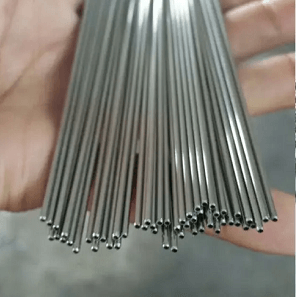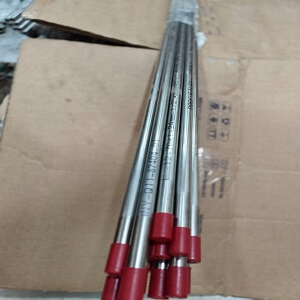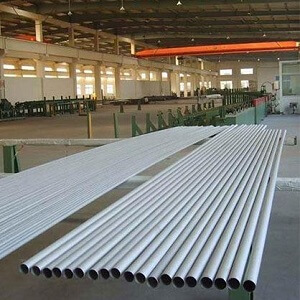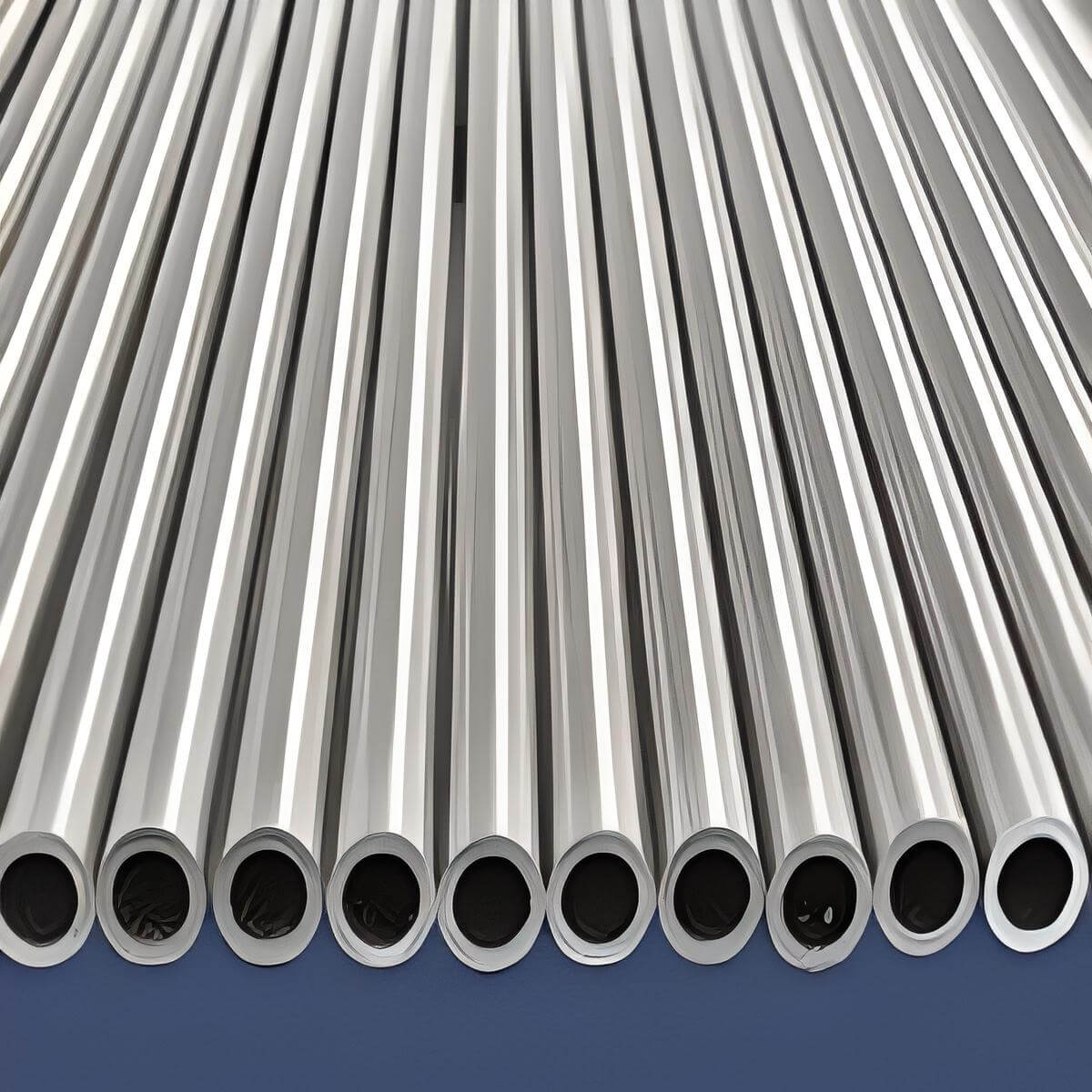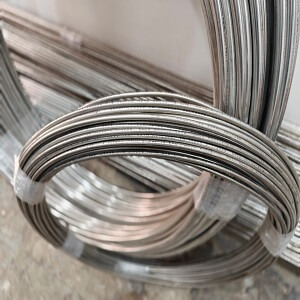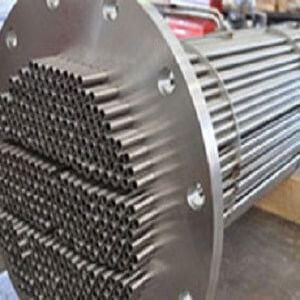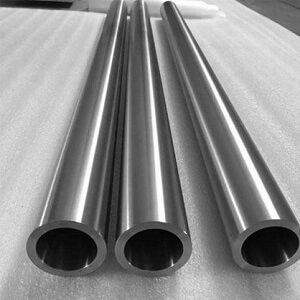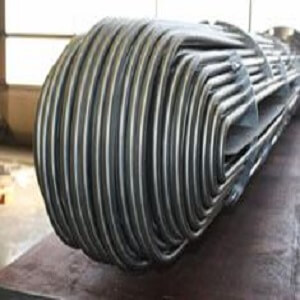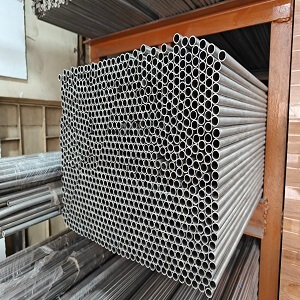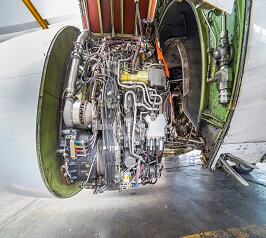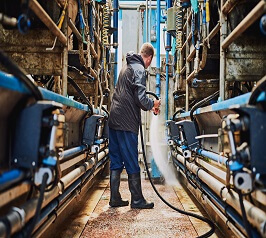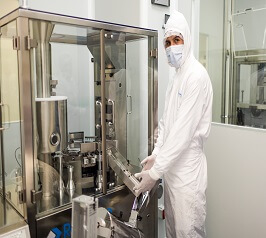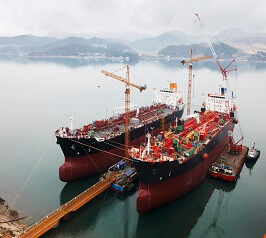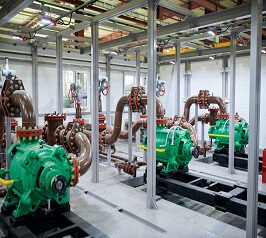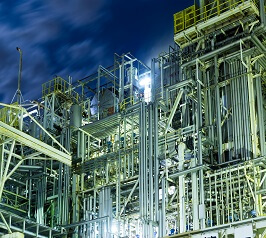310 stainless steel is a type of steel that has been specially designed for use, in high temperature environments. Its exceptional resistance to both heat and corrosion combined with its properties make it an excellent choice for various applications that require withstanding extreme temperatures.
One notable product made from this steel is the 310 stainless steel tube. These tubes possess a combination of characteristics that make them well suited for demanding high temperature applications. The primary factor behind their suitability lies in the amounts of chromium and nickel in 310 stainless steel. These alloying elements provide the tubes with resistance to oxidation. Ensure structural integrity even at temperatures as high as 1100°C, making them extremely heat resistant.
Moreover, 310 stainless steel tubes demonstrate performance under cycling conditions, where materials undergo repetitive cycles of heating and cooling. This makes them an ideal choice for furnace parts and heating elements due to their durability. In addition to its resistance properties, 310 stainless steel also exhibits resistance against aqueous corrosion when compared to other types of stainless steel. This reliability extends across a range of environments, including cyclic conditions as well as highly oxidizing atmospheres.
Apart from these resistances, 310 stainless steel tubes also offer toughness and strength even at cryogenic temperatures. They maintain their strength and hardness when exposed to temperatures for a long time thanks to the significant amount of nickel and chromium they contain. Moreover, the process of manufacturing 310 stainless steel tubes is highly efficient. This type of steel is fully austenitic which means it can be easily shaped, welded and cut due to its ductility and workability. From a perspective, these tubes have an appearance that appeals to both industrial and architectural designs.
310 stainless steel tube exemplifies high quality engineering with its resistance to heat and corrosion strength and hardness at elevated temperatures as well as its excellent workability. As a result it finds use across demanding industries such as chemical processing, heat treatment, oil and gas operations and power generation.



